Calling birders to help fill seasonal gaps in bird information across the country
| We all know that some birds show distinct seasonality. In India, the vast majority of long-distance migrants arrive in the build-up to the winter, and leave as the days get hotter in March/April.We birders also appear to show a fair amount is seasonality in our behaviour. We are hesitant to unpack our binoculars and cameras to traipse around under the blazing sun, or in torrents of rain. But as the days get cooler and (more importantly perhaps) as migrants begin to fill our wetlands, forests and other habitats, we alter our time-activity budgets. More weekends are devoted to birding than before, perhaps some weekdays thrown in as well. Longer trips are planned to exotic places. Birders from other countries visit our national parks and sanctuaries. Many photos are posted, lists uploaded.As the migrants start returning to their summer homes, so do we return to non-birding parts of our lives. Fewer birders out and about means fewer lists and photos, and less information about birds from that part of the year.For tracking and monitoring our birds, however, information is needed from all across the country and from all different times of the year. The maps on the right show areas of the country that have at least one complete eBird list (coloured in grey); and this is separated into two-month intervals.
As you can see, the best coverage is in Jan-Feb, when birding excitement is high, and there are a large number of visiting birders too. (Which is not the mean the coverage is in any way complete — there are large gaps in the country even in these months; and remember that a single list — inadequate as it is — will colour a square grey!) Other months have relatively poor coverage in comparison, and your help is needed to remedy this! If you have a chance to go out birding in a place that has no lists at a particular time of the year, whether you live there or are visiting, please make sure you note all the species you see (preferably splitting your lists by location, and into short time intervals), and upload the lists to eBird. You’ll have the satisfaction of playing your part in filling an important gap in information on Indian birds. Do leave a note in the comments below or on Facebook if you plan to bird in a blank region! Note: the maps to the right were generated in the first week of September 2014. To see the current situation, click on one of the maps. |
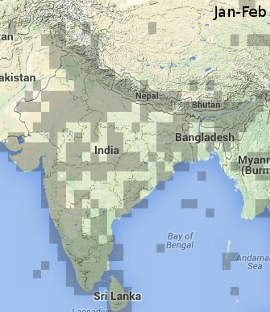 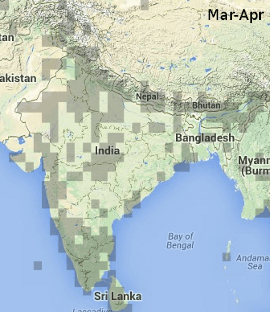 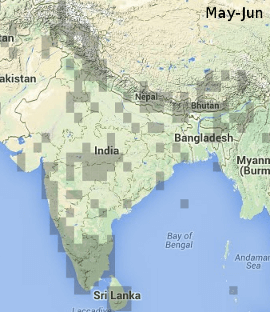 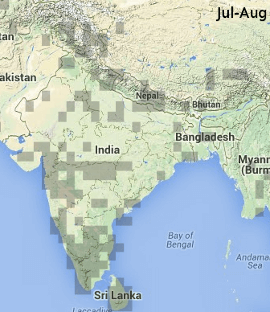 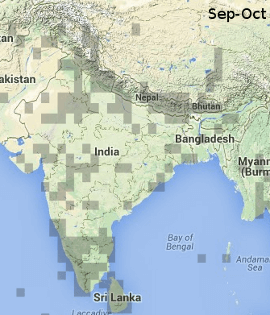 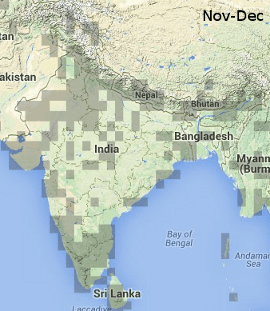 |
Header Image: Brown-breasted Flycatcher Muscicapa muttui by Subhadra Devi/ Macaulay Library


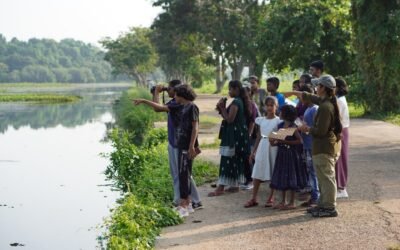
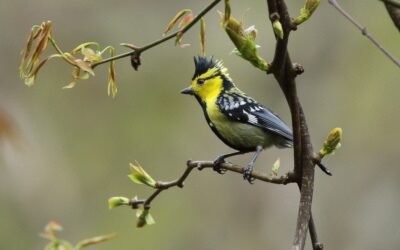

Lovely write up!